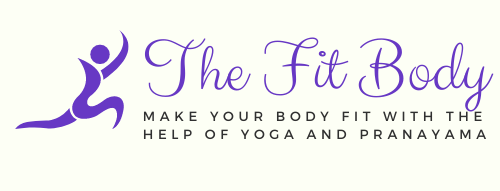Pranayama is a Sanskrit term that combines two words: “prana,” meaning life force or vital energy, and “ayama,” meaning control or expansion. Pranayama refers to the practice of breath control and regulation in the ancient Indian system of yoga.
In pranayama, specific breathing techniques are employed to influence the flow of prana or life force within the body. It involves conscious manipulation of the breath, including inhalation (puraka), exhalation (rechaka), and retention of breath (kumbhaka).
Pranayama techniques are designed to optimize the functioning of the respiratory system, balance the nervous system, and harmonize the flow of energy in the body. They are considered a bridge between the physical and subtle aspects of our being, connecting the body, mind, and spirit.
Practicing pranayama offers a variety of benefits, including:
- Breath awareness and control: Pranayama cultivates mindfulness and awareness of the breath, allowing individuals to develop a deeper connection with their breathing patterns.
- Stress reduction and relaxation: Certain pranayama techniques, such as deep diaphragmatic breathing and alternate nostril breathing, help activate the relaxation response, reduce stress, and promote a sense of calm and well-being.
- Improved respiratory function: Pranayama helps expand lung capacity, strengthen respiratory muscles, and enhance the efficiency of oxygen absorption, resulting in improved overall respiratory health.
- Energy regulation and balance: Through pranayama, the flow of prana (vital energy) in the body is regulated, helping to balance and harmonize the energy centers (chakras) and channels (nadis) within the subtle body.
- Mental clarity and focus: Pranayama practices can enhance mental clarity, concentration, and focus. They help calm the mind, reduce mental chatter, and prepare the mind for meditation.
It’s important to learn pranayama techniques from a qualified yoga instructor who can guide you in proper breathing patterns, duration, and progression. They can provide appropriate modifications based on individual needs and ensure a safe and effective practice.
Please note that if you have any pre-existing respiratory or medical conditions, it’s advisable to consult with a healthcare professional before practicing pranayama.
